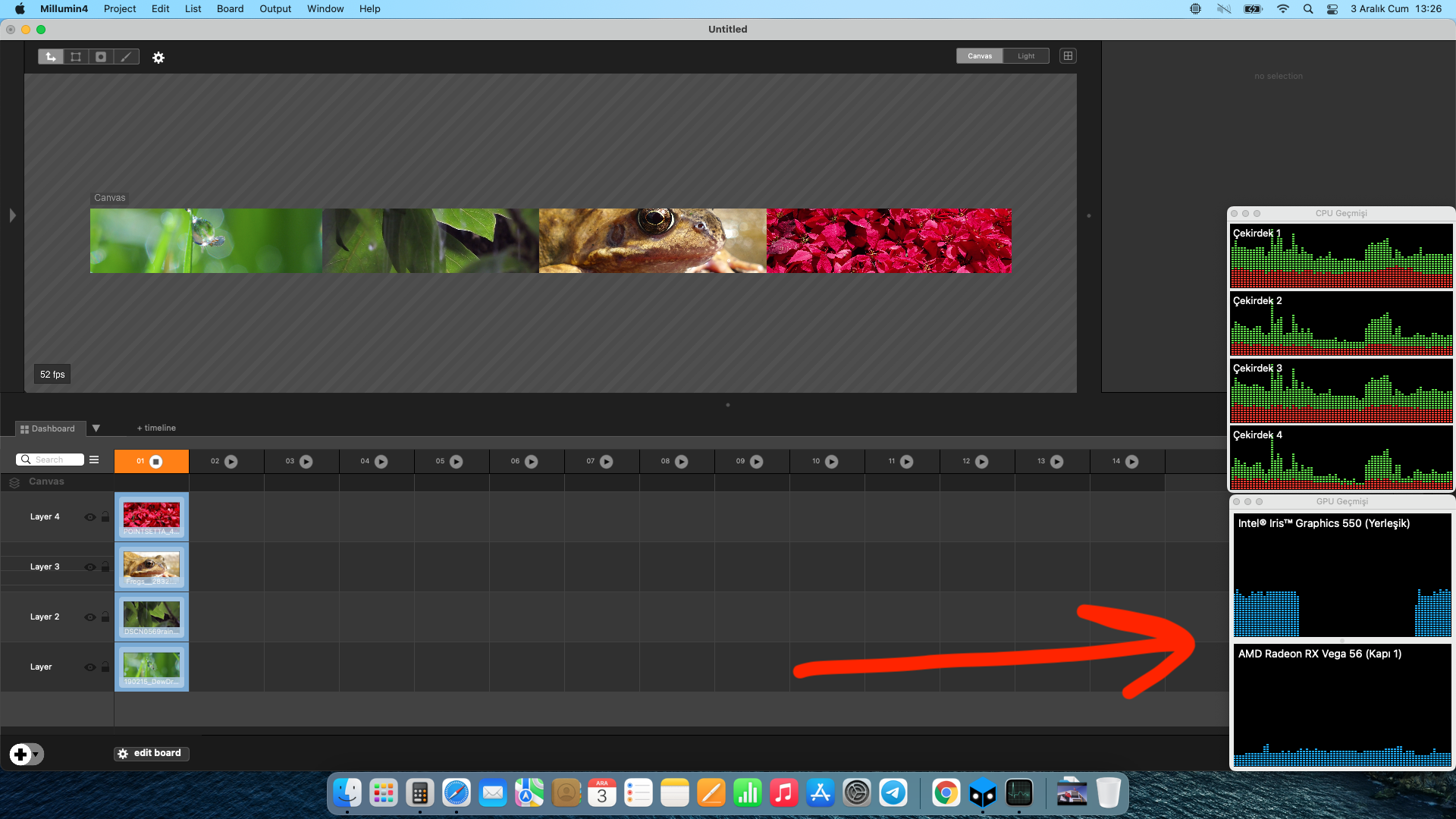

When your mouse is over NDI, a submenu opens to choose the mode :īy default, use the without alpha mode, unless you need alpha, so in this case choose with alpha mode. Such a stream is preserving the transparency, and the server will be named Millumin4 - #CanvasName #OutputNumber in other applications. It allows Millumin to send its frame to another application supporting Syphon. Click on the settings item to activate this :

#Millumin tutorial output canvas full#
While this kind of output works in a similar way as external displays, you need to choose its output format in a submenu :īy default, Millumin uses the YUV pixel-format to send the data to the Blackmagic card, but in some situation, you may want to prefer a full RGB pixel-format. Millumin is supporting Intensity, UltraStudio and Decklink families as output cards. Please note that you can press CMD+F to exit fullscreen (so there is no output any more). By default, the second display is selected. These are exactly the same displays listed in macOS System Preferences / Displays, such as HDMI monitors, videoprojectors, LED screens or image-processors.Įspecially the main screen is clearly identified, so you do not select it by mistake. The displays recognized by your computer are listed first. There are different kinds of displays, please read the next sections to learn about their differences. More info about these options can be found in this article : Mapping D isplays Once done, focus only on the interface outputs area : Learn more about setting up a canvas : Canvas If you want more than one output for your canvas, set your layout as desired. To manage outputs, open the Output panel (shortcut : ⌘ ). If you have multiple outputs, you may be interested by the soft-edge, used to create a continuous image from multiple video projectors : Soft-edge The outputs are the link between the canvas and the video display.


 0 kommentar(er)
0 kommentar(er)
